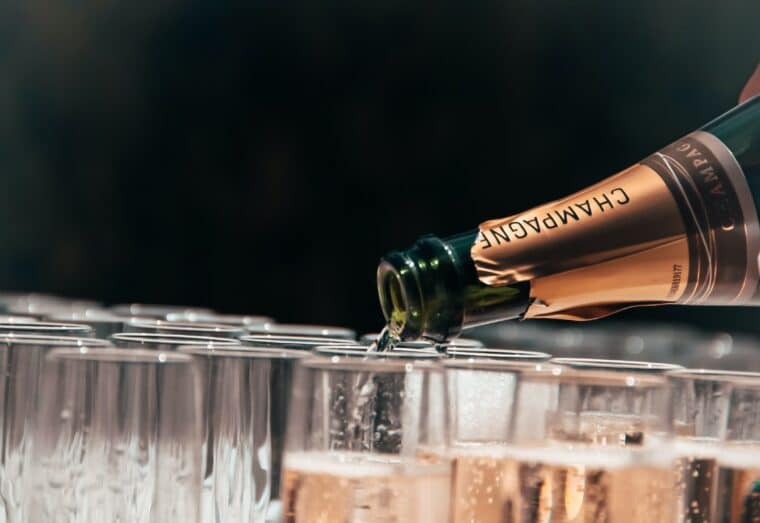For wine lovers, glass tops the charts
When it comes to wine, what do consumers reach for? A new study by CSA and the Fédération des industries du verre shows that wine consumers prefer glass packaging, because of its recyclability and natural character.
We know that today, around 94% of consumers in France buy wine in glass packaging according to a 2021 study by Fédération des industries du verre. These figures are replicated across Europe, but just why are consumers showing a strong preference for glass?
According to new Wine Intelligence research commissioned by Vinexposium, it comes down to the fact that glass bottles have “a strong association with sustainability,” and one that is much higher than bag-in-box packaging. Glass, although heavy compared to other materials, is considered the most sustainable form of packaging available for wine.
But it is not only about sustainability. The glass bottle is the winner on many purchasing criteria:
- quality and taste (74%)
- its aesthetics as well as the pleasure of giving/sharing (53%)
- practicality (49%).
At a press conference at Wine/Vinexpo Paris in the French capital, Wine Intelligence CEO Lulie Halstead revealed a series of key trends taking shape in the drinks industry. Looking deeper at the research on sustainability and wine, she pulled up data to show the percentage of “regular wine drinkers” who agreed with a set of statements. Notably, in first place, was a 55% agreement that glass bottles are a sustainable form of wine packaging, with, in contrast, bag-in-box achieving just 35%.
So, rather than looking to promote alternatives to glass, the issue of how to raise awareness of wine’s sustainable credentials should focus on reducing the weight of glass in big-production run products housed in heavy bottles, such as sparkling wines. Alongside this aim should be further efforts to increase the recycled glass content of wine bottles, and, in local markets, encourage the refilling of containers in place of disposal.
Rightweighting
When it comes to weight of glass wine bottles, much progress has already been made. Research and developments in the last 15 years has seen the standard wine bottle reduced by 40%, resulting in a reduction of the industry’s carbon footprint by 10 to 30%.
Rightweighting, a term derived from light weighting, refers to the process of optimising the weight of a bottle without compromising the needs of any stakeholders within the supply chain. One of the first wine regions to start with reducing the weight of their glass bottles was Champagne in 2003. They reduced the standard Champagne bottle weight from 900 g to 835 g, leading to a total of 20% reduction in their carbon footprint.
Not much later in 2008, glass manufacturers in the UK started to create bottles available from as little as 300 grams in weight, while maintaining the same quality, strength, reliability and performance that we are familiar with in heavier bottles. The bottle was a result of the GlassRite Project by the UK’s Waste and Resource and Action Programme (WRAP).
These innovations are set to continue, with new technologies meaning manufacturers are now able to produce bottles that are thinner, lighter, and even stronger than before. These developments benefit the entire industry as it meets consumer and customer demands for more sustainable production as lighter bottles require less energy in manufacturing, while lowering the production costs for manufacturers.
Glass wins over other alternatives
The Wine Intelligence report did not cover using cans for wine packaging. However, this increasingly popular solution has its drawbacks too, including the creation of Hydrogen sulfide inside, which occurs from a reaction between the wine and the aluminum wall of the format.
Wine is also sensitive to oxygen, which enhances the presence of aromas in wine and softens the taste. However, too much oxygen can lead to oxidation, meaning the wine breaks down and loses its quality and taste. This can happen during the actual winemaking process or even after the wine has been bottled. It might seem difficult to find a packaging material that is impermeable to oxygen and doesn’t interact with the content and essence of the wine. But in fact we have already found such a material: glass!
It seems clear, especially for wine lovers, that glass tops the charts and brings the best experience for tasting and drinking wine. And as Vinexposium has shown, consumers know it! Want to learn more about consumer behaviour? Have a look at the latest research in the glass industry on new technologies, innovations and consumer behaviour.
Why is wine stored in glass?


